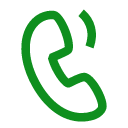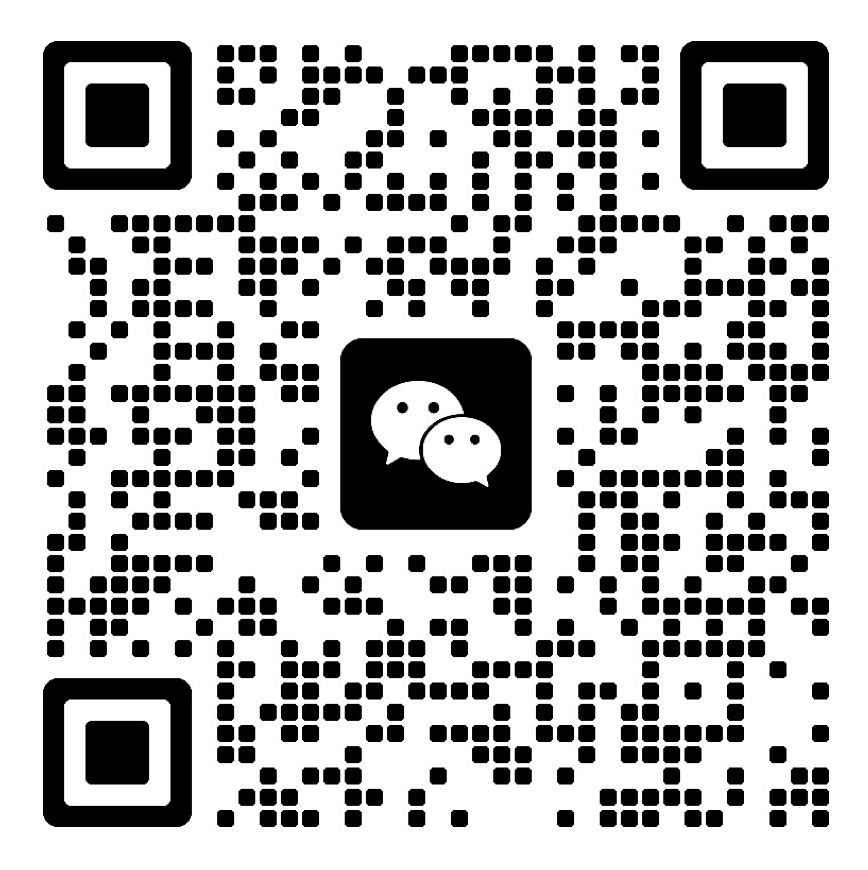
Services
返回Testing Services
Certification Services
- Japanese TELEC certification
- BIS certification
- PSE certification
- JATE certification in Japan
- VCCI Certification in Japan
- IMDA certification
- GCC Certification for Gulf Sev
- Iran COI certification
- Qatar COC Certification
- Iraq COC Certification
- Singapore PSB certification
- Vietnam COC certification
- KUCAS Certification in Kuwait
- KC certification
- EU E-Mark certification
- German GS certification
- REACH certification
- CE-ERP certification
- German TUV-SUD certification
- RED certification
- CE certification in Türkiye
- TSE certification in Türkiye
- Türkiye BTK certification
- European D-MARK certification
- Electrical ENEC certification
- Northern Ireland UKNI logo
- Russian EAC certification
- GOST certification in Russia
- RoHS certification
- ASTM certification
- UL, ETL, CSA, MET, TUV certifi
- FCC Certification in the Unite
- Energy Star
- IC certification
- ul certification
- ETL certification
- CEC certification
- FDA certification
- ASTM certification
- CSA certification
- CPSC Certification in the Unit
- IRAM certification
- Mexico NOM certification
- Ecuador VOC certification
- PVOC certification
- Algeria PCA certification
- Saudi EER Energy Efficiency Ce
- Saudi SABER certification
- Saudi SASO Energy Efficiency C
- Saudi EER Energy Efficiency Ce
- Iraq COC Certification
- Qatar COC Certification
- Iran COI certification
- Qatar COC Certification
- Iran COI certification
- Saudi SABER Certification Gulf
- Saudi SABER certification
- African COC certification
- Kenya PVOC certification
- Nigeria SONCAP certification
- Zimbabwe CBCA Certification
- South African LOA certificatio
- SABS certification in South Af
- Uganda PVOC certification
- Botswana COC Certification
- Zambia COC certification
- COC certification in Burundi
- Ghana COC certification
- Mauritius VOC certification
- Ethiopian VOC and COC certific
- Algeria COC certification
- Gabon COC certification
Register for the record
Systems and Training Services
Laboratory design and construction
Contact Us


National 24-hour service hotline
86+13560405821
Group Headquarters
E-mail: Lymay.zhong@lcs-cert.com
Address: Juji Industrial Park, Xueziwei, Ngabian, Shajing Street, Baoan District, Shenzhen Building A 1~2F, Building C 3F
RCM certification
Product range:
2. SAA certification and C-Tick certification will gradually be phased out and replaced with RCM certification, which covers safety regulations and EMC (C-Tick may still be applicable to some low-power wireless products).
3. All electronic products will be divided into three categories: High, Medium, and Low Risk. We do not have detailed scope information. Generally speaking, products driven by batteries and with a voltage below 12V are considered low risk, products with a standard voltage of 240V are considered medium risk, and products with a high voltage are considered high risk. The buffer period for low-risk products is 6 months, while the buffer period for medium to high-risk products is 3 years (this period is recommended by relevant Australian associations, but the government has not yet confirmed the specific regulations).
4. RCM certification can only be applied for by local companies in Australia, which must apply for an RCM number from the Australian government. Chinese manufacturers and exporters can apply for IEC or AS/NZS reports in their own names, but the report must be submitted to Australian importers to apply for RCM. The application registration fee is AUD 75 per trademark per product per year (for example, a company in Australia owns two trademarks: A and B. They imported identical batches of products from China, with half labeled as A and one labeled as B, which means they must pay an annual registration fee of AUD 150).
According to the expert's opinion, as the importer will bear the risk of product quality non-compliance (responsible party), and non Australian companies cannot directly apply for RCM certification. It is estimated that an increasing number of slightly larger Australian companies will change their approach of having Chinese production plants bear the cost of producing reports and applying for SAA in order to reduce costs. They will tend to designate laboratories with certain capabilities and reputation, provide insurance reports and test data, and then apply for Australian RCM certification.
In theory, Australian laboratories can also serve as applicants to assist a company in obtaining RCM certification. However, according to the expert's opinion, due to the significant legal responsibility assumed, it is estimated that most Australian laboratories will not take the initiative to take this risk, and even if they do, the related costs may still be relatively high.
Large-scale experimental base
Professional Lab
Analysis Method
Testing/year




 WeChat Inquiry
WeChat Inquiry
